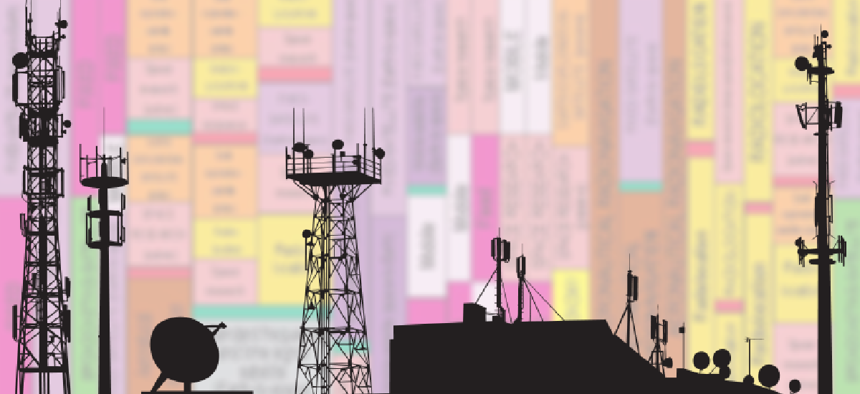IARPA pursues advanced radio eavesdropping defenses

The intelligence community's research arm wants to use smart radio tech to find elusive signals might signal efforts to tap remote transmissions.

The intelligence community's research arm wants to protect secure data transmissions from its remote operations by listening for the tell-tale radio wave ripples and whispers that could mean someone is listening in.
On Aug. 20, the Intelligence Advanced Research Projects Activity (IARPA) plans to explain its broad agency announcement for a program to shield classified data transmissions using smart radio technology.
IARPA released a request for information for the Securing Compartmented Information with Smart Radio Systems (SCISRS) Research Program on Aug. 5. The virtual proposers' day on Aug. 20 will explain the goal of developing smart radio technology that can detect the radio wave equivalent of a snapping twig, or other sign someone is trying to listen in on radio communications generated by the intelligence agencies and Department of Defense (DOD) operations' remote sites.
IARPA said it wants to find elusive radio frequency irregularities in increasingly complex radio environments, including low probability of intercept signals (LPIs), altered or mimicked signals, and abnormal unintended emissions using smart radio technologies.
Intelligence Community and DOD missions require that information and data be generated, stored, used, transmitted, and received in secure facilities as well as "in the wild," said IARPA's announcement. Although the federal government and private sector have provided high levels of security for their enterprise data facilities, IARPA said remote places outside those enterprise walls don't have a lot of protections.
The announcement doesn't specifically name remote applications where the smart radio detection technology might be used. It includes photos of a U.S. port with nearby naval vessels, a data collection site in a desert, as well as a photo of former President Barack Obama and other officials talking on telephones in what looks to be a tarp-covered temporary operations center.
"In environments such as those illustrated…, where there is potentially much less control, data security becomes more challenging," the document states.
NEXT STORY: DHS gets mixed reviews on IT modernization


